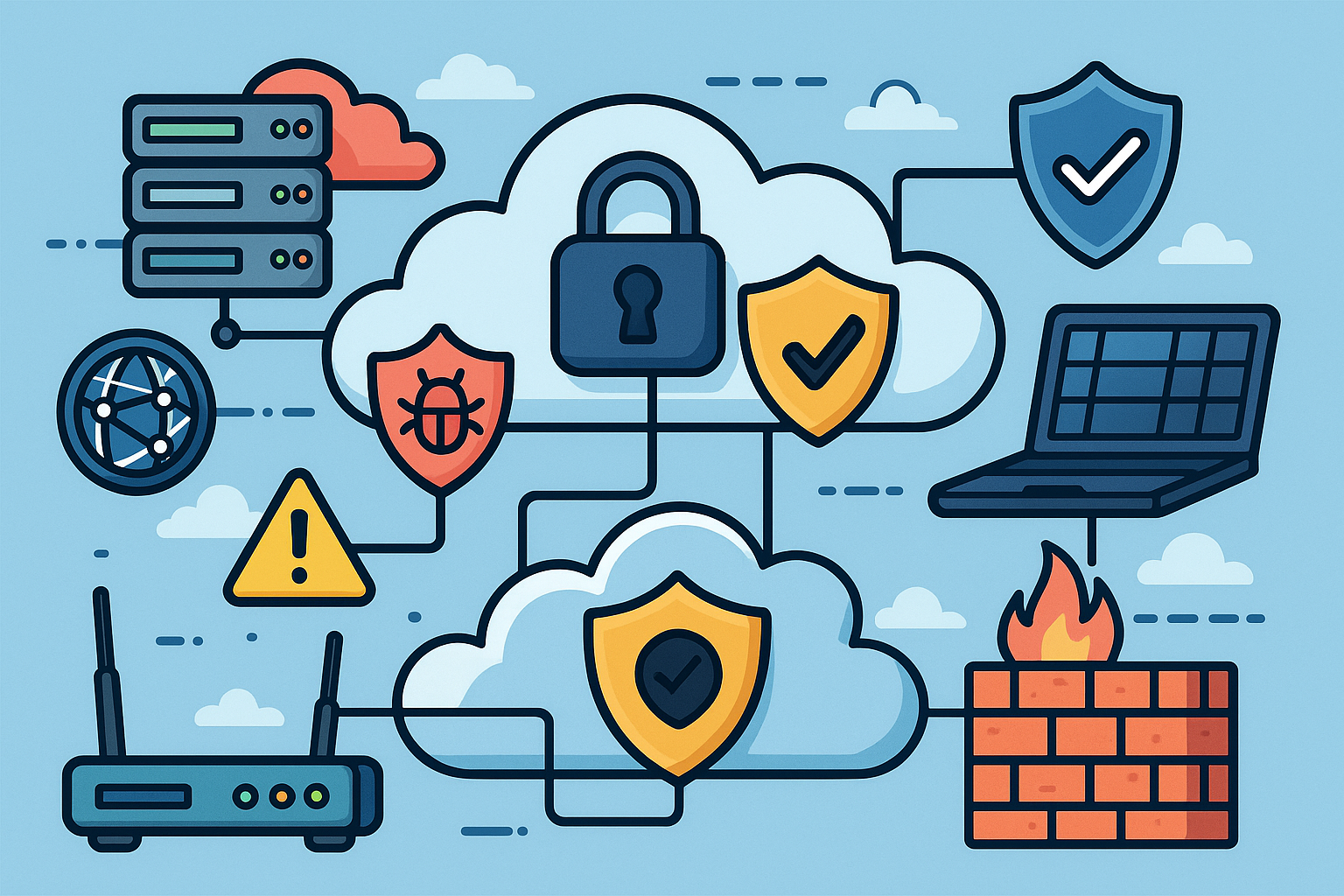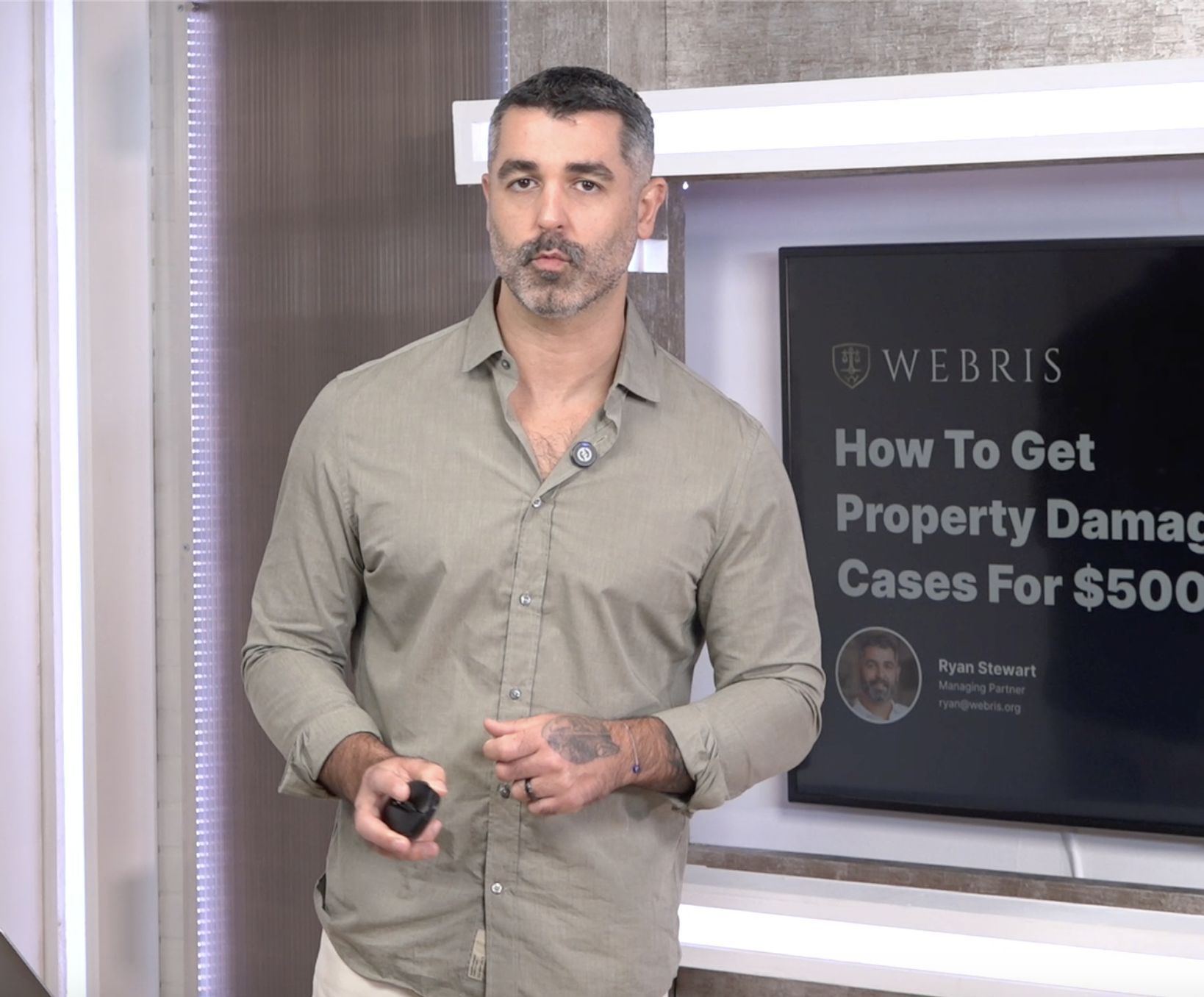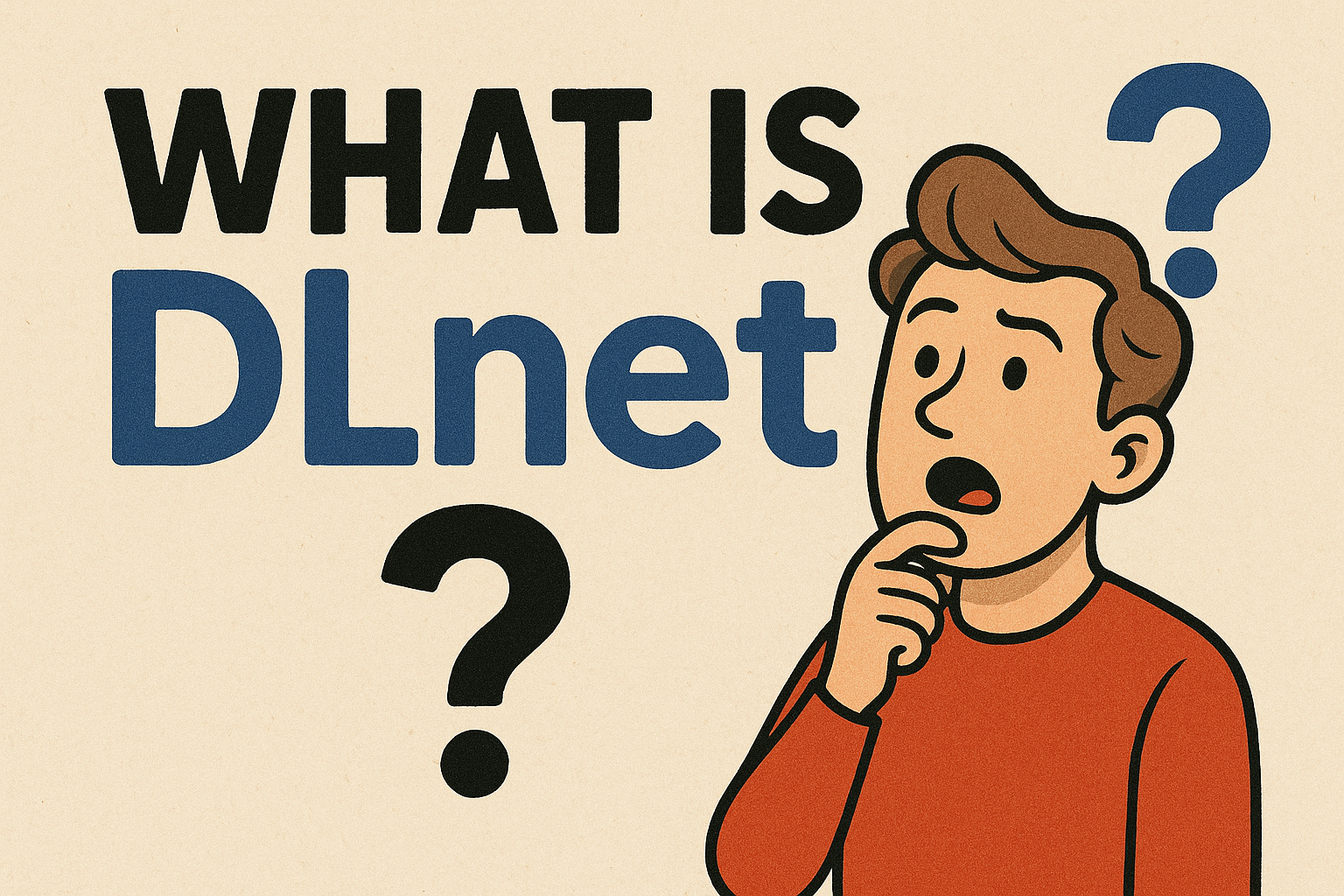Prologue: Why “Network + Security” Must Converge Now
The last decade has blown apart every neat network diagram that once placed applications, users, and data inside a neat corporate perimeter. Employees now hop between home offices, shared workspaces, customer-site Wi-Fi, and 5G hotspots- often in the same week. Business-critical workloads live not only in the data-center racks but also in Microsoft 365, Salesforce, AWS, and a growing constellation of industry-specific SaaS platforms. Meanwhile, smart cameras, factory sensors, and branch routers pump telemetry in from millions of edge devices. Each new endpoint introduces latency concerns, inspection blind spots, and policy sprawl when you rely on bolt-on firewalls, roaming VPN clients, and hair-pinned MPLS links.
Secure Access Service Edge (SASE) answers these pain points with a single cloud-native fabric that unifies SD-WAN intelligence and security controls. Rather than shipping more appliances, SASE pushes enforcement into a globally distributed service, giving you the agility of the internet and the assurance of an enterprise security stack. This article unpacks how the approach works, why timing matters, and how to steer a phased migration without breaking daily operations.
Quick Primer: What Exactly Is SASE?
In plain terms, SASE is a subscription service that combines two historically separate domains. The first is high-performance software-defined wide-area networking (SD-WAN) that chooses optimal links in real time. The second is a full cloud security stack-secure web gateway, cloud access security broker, zero-trust network access, firewall-as-a-service, and data-loss prevention-running in points of presence (PoPs) around the globe. When a user connects, an identity-centric policy follows the session to the nearest PoP, where traffic is inspected and routed along the best path to a SaaS application, public cloud VPC, or on-prem resource.
The service is consumed the same way you consume cloud storage or compute: elastic capacity, pay-as-you-grow pricing, and nothing to patch at 2 a.m. Because policy is centralized and cloud-delivered, every user gets identical protection whether they are in a Jakarta café or the London headquarters. Most analysts view SASE as the networking counterpart to the zero-trust security movement; identity, context, and continuous assessment replace implicit trust based on subnet or VLAN.
The Two Pillars at the Heart of SASE
A working SASE platform stands on two mutually reinforcing pillars. The first is an SD-WAN overlay that monitors jitter, packet loss, and throughput across every available underlay, then steers packets to the closest PoP with minimal hop count. That intelligence matters because cloud performance is now a competitive differentiator; a half-second delay ruins an e-commerce checkout or disrupts a virtual white-board session.
The second pillar is the cloud-delivered security stack that inspects every byte against a consistent rule set. Inside each PoP lives a secure web gateway for URL filtering and malware scanning, a CASB for SaaS posture management, and a ZTNA broker that authenticates the user, inspects device posture, and opens a micro-tunnel to the exact application-nothing more. In other words, networking chooses the fastest lane; security raises or lowers the gate based on real-time trust signals. A detailed explanation of what is SASE, includes component definitions and deployment examples. Fortinet’s vendor-neutral glossary offers a concise technical rundown.
By merging path selection and inspection, SASE eliminates the age-old tug-of-war between speed and safety. The networking team keeps latency numbers green, while the security team enforces zero-trust mandates without shipping new hardware.
Five Business Problems SASE Solves on Day One
First, it obliterates backhaul bottlenecks. Instead of hair-pinning every SaaS session through a central data center, users break out locally to the closest PoP, collect security verdicts, and reach their cloud destinations in a straight line. Second, the built-in CASB shines a spotlight on shadow-IT, revealing every Dropbox folder and ChatGPT plug-in employees spin up without approval. Third, identity-driven ZTNA finally retires legacy VPN concentrators, so contractors no longer receive blanket access to IP ranges they do not need. Fourth, shipping a thin SD-WAN appliance to a pop-up store allows zero-touch onboarding: as soon as power and broadband come online, the branch inherits full policy from the cloud console. Fifth, unified logging across SWG, CASB, firewall, and DLP means auditors can trace a compliance story in minutes, in one pane of glass instead of five disconnected SIEM feeds.
Reference Architecture: A Request’s Journey Through SASE
Imagine a graphic designer working from a hotel room. When she launches Photoshop, a lightweight agent checks device posture-antivirus status, OS patch level, and disk encryption raises an identity challenge through her company’s SSO. After multifactor approval, an SD-WAN tunnel pulls traffic to the closest Paris PoP. There, the secure web gateway scrubs the connection for malware, while an intrusion-prevention engine looks for Adobe subscription exploits. Because the session is destined for a sanctioned SaaS repository, the CASB checks whether the file type violates data-loss prevention rules; if not, ZTNA opens a short-lived, least-privilege tunnel to the asset library in Microsoft Azure. When the designer saves a file, inline DLP validates the content again, and the SD-WAN fabric returns the response via the best path available. This entire loop happens in milliseconds, invisible to the user but completely auditable to the security team.
Implementation Blueprint: Crawl, Walk, Run
The safest migrations start small and build confidence. Crawl by enabling ZTNA for remote workers and one pilot branch; success is measured when VPN tickets drop by more than half. Walk by layering a secure web gateway and CASB inspection, then switching all internet breakouts toward the nearest PoP until SaaS latency falls by a third. Run by extending the SD-WAN overlay to every site, automating policy as code through Terraform, and retiring MPLS links once PoP coverage meets business SLA thresholds. At each stage, feed logs into your SIEM, compare before-and-after metrics, and invite a red team to probe for gaps.
Pitfalls to Dodge During Migration
Replaying every rule from a hub-and-spoke firewall into SASE defeats the purpose; rewrite in terms of identity and application context. Manual configuration is another trap if you sidestep API automation; configuration drift will reappear in months. Some teams forget to factor high-definition video or massive file sync workloads when sizing PoP bandwidth, leading to surprise throttling. Finally, SASE is not “set-and-forget.” Threat signatures, SaaS APIs, and compliance templates evolve weekly; continuous tuning remains essential.
Metrics That Prove SASE Value to Executives
Executive buy-in demands numbers. Track average round-trip latency to business-critical SaaS platforms before and after migration. Measure the share of user traffic that receives full-stack inspection regardless of location-aim for 95 percent or higher. Log mean time to detect and contain incidents once all telemetry flows into a unified cloud console. Calculate savings by subtracting retired MPLS costs and appliance refresh budgets from the SASE subscription. Finally, show auditors how a single data-classification policy now covers web uploads, email attachments, and SaaS shares in one spreadsheet instead of many.
Looking Ahead: SASE’s Role in Emerging Tech
Edge and 5G architectures push compute outward; SASE PoPs must follow. Vendors such as Cisco and Cloudflare are stitching micro-PoPs into metro cell-sites so inspection happens within a few milliseconds of the subscriber. Artificial-intelligence policy engines are next: Gartner predicts that by 2026, half of SASE deployments will use machine learning to tighten or relax access dynamically. Post-quantum cryptography is another looming shift. Because algorithms live in the cloud, providers can roll out quantum-safe cipher suites far faster than customers could cycle through on-prem gear. Meanwhile, initiatives like NIST’s zero-trust architecture offer blueprints that map neatly onto SASE’s identity-centric ethos.
Conclusion: Convergence as Competitive Advantage
SASE is not a passing buzzword; it is the logical endgame of thirty years of network and security evolution. By merging dynamic path selection with cloud-hosted inspection, SASE supplies the speed users crave and the zero-trust enforcement regulators demand. Companies that adopt now shed legacy overhead, gain real-time visibility, and stand ready for whatever hybrid-cloud, edge, or quantum shift arrives next. Those that cling to siloed stacks will spend ever more on bandwidth, appliances, and incident response-while still losing agility to faster rivals.
FAQs
1. Will SASE replace every on-prem firewall I own?
Not overnight. Many organizations maintain data-center firewalls for east-west segmentation and specialized OT traffic. SASE typically assumes control of user-to-application flows first, gradually absorbing branch and remote traffic until most perimeter hardware is redundant.
2. How does SASE handle data-residency rules?
Leading providers let you pin sessions to regional PoPs or build “geo-fenced” policy zones. That ensures personal data created under GDPR stays within the EU while still benefiting from the same inspection stack.
3. What staffing changes should I expect?
Teams shift from racking appliances and tweaking CLI rules to managing policy as code, analyzing unified telemetry, and working more closely with identity engineers. Most find the transformation frees cycles for proactive threat hunting and automation projects.









